




The important scientific journal Plos One has recently reported that researchers from Tel Aviv University have managed to interpret an unusual message on an ostracon (ink-inscribed pottery shard) dating back to the ancient Judah (First Temple).
The ostracon was unearthed in Tel Arad more than fifty years ago and is believed to date back to around 600 BC. Tel Arad was a military fortress on the southern border of Judea, covering an area of about 2 hectares, and believe to house between 20 to 30 soldiers.
A number of similar ceramic items have been found in the area, apparently used to transmit simple “ day-to-day” messages, many of which have been researched since the 1960's and are on permanent display at the Israel Museum.
In the last few years, a new method to decipher these hidden messages in the form of multispectral imaging, has been developed. This technology now allows experts to decipher faded images which were, up until now, unseen by the human eye.
One particular series of unseen characters was deciphered on an ostracon which had been on display at the museum for 50 years. The inscriptions, dating back to 600 BCE shortly before the kingdom of Judah's destruction in 586 BCE by the Babylonian king Nebuchadnezzar II. At that time, Tel Arad was a military outpost which guarded the southern borders of the kingdom.
These lines on the back of the ostracon (which were considerd blank), included 50 characters, comprising of 17 words, which were a continuation of the text inscribed on the front and were related to supplies for the outpost. Many of the newly discovered inscriptions were addressed to Eliashiv, the quartermaster of the Arad fortress, regarding logistics of the outpost, which included the supply of flour, wine and oil.
The supply request concludes with a request for the provision of a certain commodity to an unnamed person, and a note regarding a 'bath,' an ancient measurement of wine, that was carried by a man named Ge'alyahu.
This research was carried out by doctors Shira Feigenbaum-Golobin, Arie Shaus and Barak Sober from the Applied Mathematics Dept, Dr Anat Mendel-Geberovitch from the Dept. of Archeology who were under the supervision of Professor Eli Pisetzky form the school of Physics and Astronomy and Professor Israel Finklestein from the Archeology Dept. of Tel Aviv University. Also included in this research, were Michael Cordonsky and Professor Morrie Moinster from the Physics Dept, Professor Eli Turkal, Professor David Levine from Applied Mathematics and Professor Benjamin Zass from the department of Archeology.
"This new discovery of a shard inscribed with"a request for wine" is a precious addition to what we know about the First Temple period" says researcher.